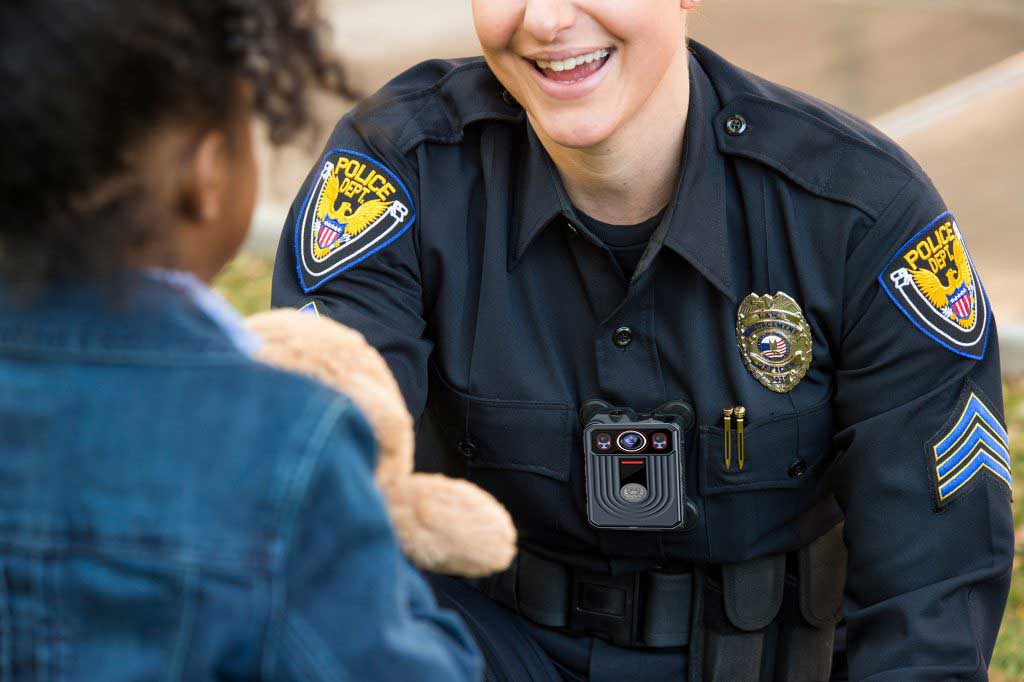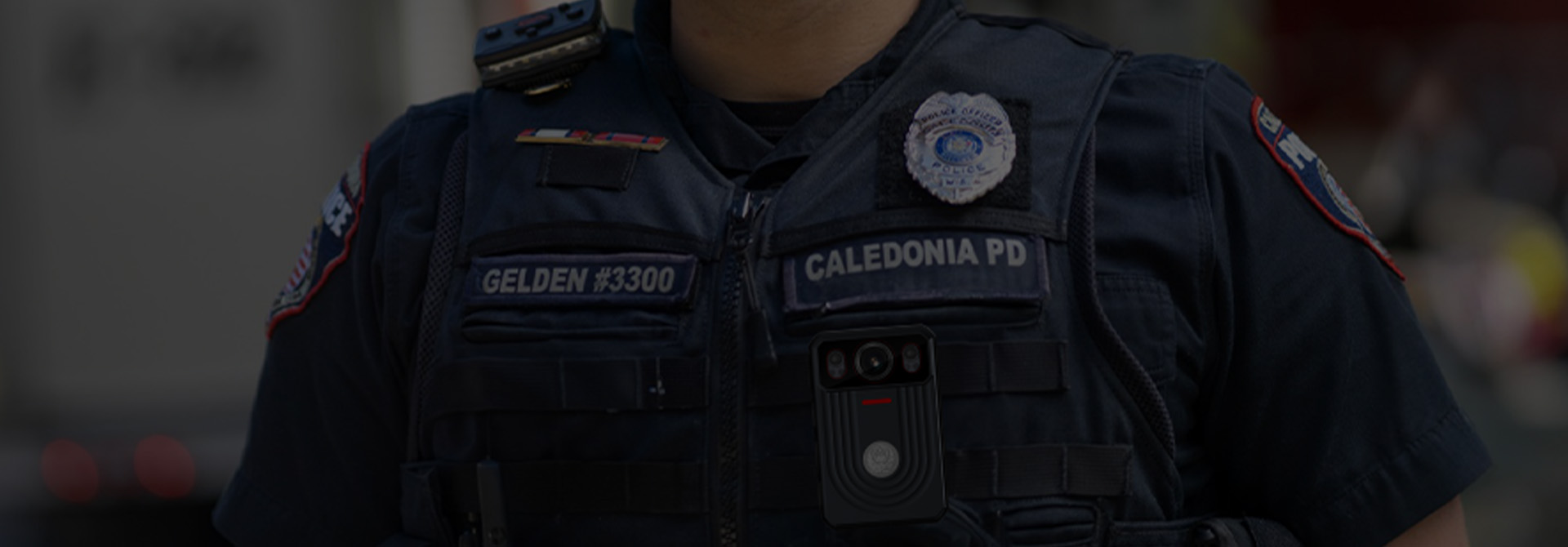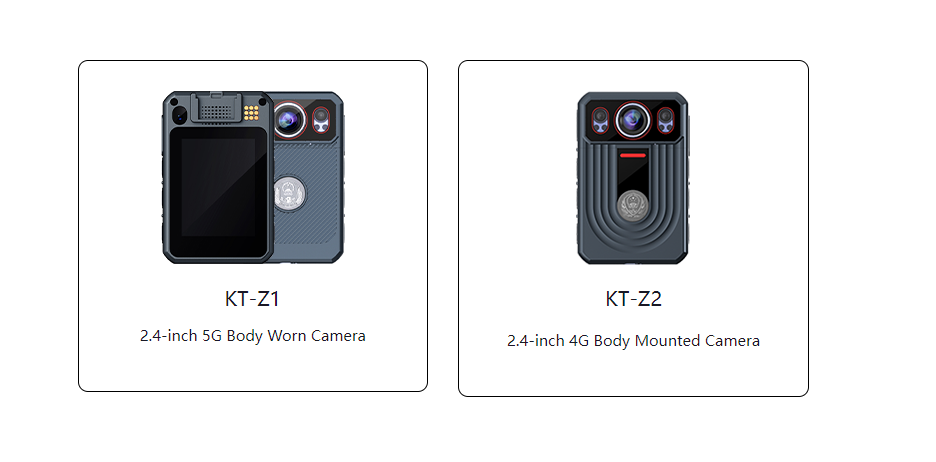In recent years, police body-worn cameras (BWCs) have become an integral tool in modern law enforcement, fundamentally changing the way interactions between police officers and citizens are documented and perceived. These compact devices, worn by officers on their uniforms, have the capability to capture audio and video recordings of encounters, providing an objective and unbiased record of events as they unfold. As BWC programs have been implemented across various jurisdictions, they have sparked extensive discussions about their potential benefits in improving police accountability, enhancing transparency, and fostering trust within communities. In this blog post, we will delve into the impact of police body-worn cameras, exploring their advantages, challenges, and the broader implications they hold for both law enforcement agencies and the public.
Advantages of Police Body-Worn Cameras
One of the key advantages of police body-worn cameras (BWCs) is their ability to enhance accountability and transparency in policing. By having cameras present during interactions, they serve as a powerful deterrent to both police misconduct and citizen misconduct, promoting responsible behavior from all parties involved. The knowledge that their actions are being recorded encourages officers to adhere to proper protocols and procedures, while also reminding citizens of the importance of respectful and lawful conduct. This increased accountability and transparency can lead to a higher standard of professionalism and integrity in law enforcement, ultimately fostering a safer and more trusting relationship between police and the communities they serve. The recordings obtained from BWCs provide an objective account of events, reducing reliance on subjective recollections and potentially biased narratives. This can be particularly valuable in cases where disputes arise or allegations of misconduct are made, as the footage serves as an impartial piece of evidence.

Furthermore, BWCs have the potential to improve officer training and performance. The recorded footage obtained from police body-worn cameras (BWCs) serves a valuable purpose in officer training. Supervisors and trainers can utilize the footage to thoroughly review interactions, analyze them in detail, identify areas for improvement, and provide constructive feedback to officers. This process enables continuous learning and professional development, helping officers refine their skills, enhance their decision-making abilities, and ensure they are adhering to the highest standards of conduct. By leveraging the recorded footage for training purposes, law enforcement agencies can promote continuous improvement among their personnel, leading to more effective and competent policing practices. This facilitates ongoing professional development and helps maintain high standards of policing.
BWCs can also enhance the collection of evidence during investigations. The footage captured by police body-worn cameras (BWCs) holds significant value as crucial evidence in criminal cases. The visual documentation provided by these cameras can play a vital role in supporting or challenging witness accounts. By presenting an objective and unbiased record of events, the footage contributes to more accurate and fair outcomes within the criminal justice system. It enables prosecutors, defense attorneys, judges, and juries to review the recorded evidence, gaining a comprehensive understanding of the circumstances surrounding an incident. This visual documentation can provide clarity, verify statements, and help establish the truth, ultimately promoting justice and ensuring that the legal process is based on reliable and compelling evidence.
Another critical advantage of BWCs is their ability to enhance the collection of evidence during investigations. The visual documentation provided by the captured footage serves as valuable evidence in criminal cases. It can support or challenge witness accounts, providing a comprehensive and unbiased record of incidents. This strengthens the criminal justice system by facilitating more accurate and fair outcomes, ensuring that the truth is upheld and justice is served.
By harnessing the capabilities of BWCs, law enforcement agencies can create a more accountable and transparent environment. The advantages of BWCs extend beyond individual incidents, positively impacting the overall culture of policing. They foster a sense of responsibility, professionalism, and adherence to protocols among officers. Furthermore, the utilization of BWC footage in training and evidence collection contributes to the continuous improvement of law enforcement practices and the fair administration of justice.
It is essential to note that while BWCs offer significant benefits, they are not a panacea for all challenges in policing. They should be implemented as part of a comprehensive approach to reform, complementing other strategies such as community engagement, diversity and inclusion initiatives, and improved training protocols. By combining these efforts, law enforcement agencies can strive towards building stronger relationships with the communities they serve, promoting trust, and ensuring the delivery of fair and equitable policing services.
Challenges and Considerations
While police body-worn cameras (BWCs) offer numerous advantages, it is crucial to address the challenges and considerations that come with their implementation. Privacy concerns are among the primary considerations when it comes to BWCs. As these cameras capture footage in public spaces, there is a potential for recording individuals who have not consented to being filmed. Striking a balance between the need for transparency and respect for privacy rights is essential. To address this, comprehensive policies and protocols must be established to govern how the recorded footage is stored, accessed, and used. Strict safeguards should be put in place to protect the privacy of the individuals involved, ensuring that the recorded data is used solely for legitimate law enforcement purposes.
Another challenge is the potential for selective recording or bias. The decision of when to activate the camera and what to record rests with the individual officer. This discretion can raise concerns about selective recording, where officers may choose to turn off the camera during critical moments or interactions that may reflect negatively on their actions. To mitigate this challenge, it is imperative to establish clear guidelines and protocols regarding camera activation. Law enforcement agencies should emphasize the importance of capturing the entirety of an encounter, ensuring that the footage provides a comprehensive and unbiased account of events.
Furthermore, the storage and management of the vast amount of data generated by BWCs pose logistical challenges for law enforcement agencies. The continuous recording and retention of footage necessitate robust infrastructure and systems to securely store and manage the data. Agencies must invest in sufficient storage capacity, data backup mechanisms, and efficient retrieval systems to ensure the integrity and accessibility of the footage for evidentiary purposes. Additionally, measures should be implemented to protect the data from unauthorized access or tampering, ensuring its reliability and admissibility in legal proceedings.
Addressing these challenges requires a multidimensional approach. It involves technological solutions, such as implementing advanced storage systems and encryption methods, as well as comprehensive training programs for officers to understand the importance of proper camera usage and data management. Additionally, ongoing evaluation and improvement of policies and protocols are necessary to adapt to emerging challenges and technological advancements.
In conclusion, while the benefits of police body-worn cameras are substantial, it is essential to address the challenges surrounding privacy, selective recording, and data management. By implementing comprehensive policies, establishing clear guidelines, and investing in robust infrastructure, law enforcement agencies can navigate these challenges effectively. Striking the right balance between transparency and privacy, ensuring unbiased recording of encounters, and securely managing the generated data will contribute to maximizing the potential of BWCs while upholding the principles of accountability, transparency, and trust in policing.

Implications and Conclusion
The widespread adoption of police body-worn cameras (BWCs) has the potential to transform the relationship between law enforcement agencies and the communities they serve. The presence of BWCs promotes transparency, accountability, and trust, as they provide an objective and unbiased account of police-citizen interactions. This increased transparency can lead to improved community-police relations, fostering cooperation and collaboration in addressing crime and maintaining public safety.
However, it is important to recognize that BWCs alone cannot solve all the complex issues surrounding policing. They should be viewed as one component of a broader approach to reform and improvement. Proper training for law enforcement officers on BWC usage, clear policies governing their deployment and activation, and effective oversight mechanisms are essential to maximize the benefits of BWCs and address the challenges they present.
As technology continues to advance, the capabilities of police body-worn cameras are likely to expand. Innovations such as real-time streaming, automatic activation triggers based on specific criteria, and advanced video analytics hold the potential for further enhancing the effectiveness and efficiency of BWC programs. Real-time streaming, for example, could enable supervisors or dispatchers to monitor ongoing interactions remotely, providing immediate support or intervention when necessary. Automatic activation triggers based on predefined criteria, such as the drawing of a firearm or the activation of a police vehicle's emergency lights, can ensure that critical moments are captured reliably. Advanced video analytics can assist in reviewing large volumes of footage, identifying patterns, and extracting valuable insights for training and investigative purposes.
In conclusion, police body-worn cameras have become a powerful tool in modern policing, offering numerous benefits such as increased accountability, transparency, and improved officer performance. While challenges surrounding privacy, selective recording, and data management exist, these challenges can be addressed through thoughtful policies, protocols, and technological advancements. By leveraging the advantages of BWCs while mitigating the associated challenges, law enforcement agencies can pave the way for a more accountable, transparent, and trusted future, strengthening the bond between police and the communities they serve.


 French
French German
German Arabic
Arabic Italian
Italian Spanish
Spanish Japanese
Japanese Persian
Persian Korean
Korean Chinese (Simplified)
Chinese (Simplified)










